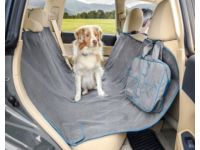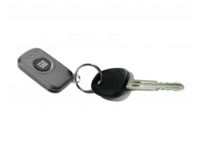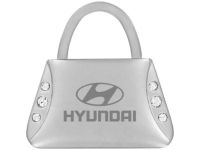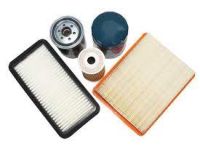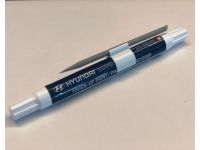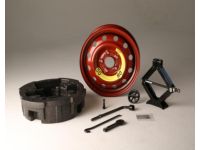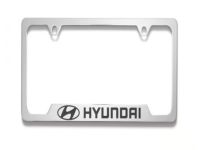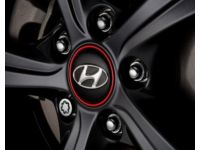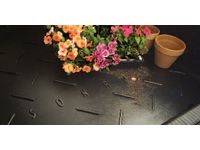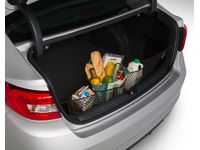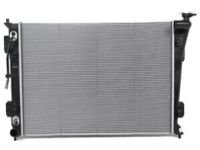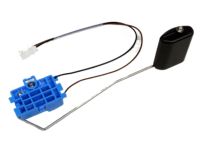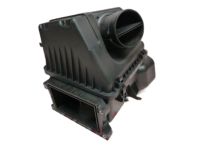- Hello
- Login or Register
- Quick Links
- Live Chat
- Track Order
- Parts Availability
- RMA
- Help Center
- Contact Us
- Shop for
- Hyundai Parts
- Hyundai Accessories


Why choose HyundaiPartsDeal
- Exceptional Quality
At HyundaiPartsDeal.com, we prioritize providing only top-quality, genuine parts for your Hyundai Sonata vehicle, ensuring it gets the most optimal performance and reliability. We're the best online store for genuine parts. All our products go through precise testing before being sold to ensure the best of the best for your vehicle.
- Value For Money
If you want to maintain your vehicle running at its peak, HyundaiPartsDeal.com is the right online store to get the genuine parts and accessories you need without breaking your wallet. High-quality parts and discounted prices come together here. You get the same reliability while enjoying significant cost savings by purchasing OEM parts for your repairs or upgrades.
- Quick Delivery
HyundaiPartsDeal.com partners with national major carriers to make OEM parts available for you in an expedited fashion. Also, all of our items are on hand, which ensures your order is shipped as soon as it's placed.
Popular Genuine Hyundai Sonata Parts
- Engine Parts View More >
- Trim Parts View More >
- Chassis Parts View More >
- Electrical Parts View More >
- Transmission Parts View More >
- Body Parts View More >
Shop Genuine Hyundai Sonata Parts with HyundaiPartsDeal.com
The Hyundai Sonata, in production since 1985, has evolved over the years to become a popular midsize sedan. The first-generation Sonata, launched as an upgraded version of the Hyundai Stellar, aimed to compete with the Daewoo Royale. Despite initial customer dissatisfaction, the Sonata persevered and became an integral part of Hyundai's North American brand expansion. Using Mitsubishi equipment, such as the Galant S chassis and 2.4-liter engine, Hyundai produced the Sonata Y2, which found success in various markets. The Y3, launched in 1993, utilized a 2.0-liter inline Sirius engine and was also produced under the Marcia name in South Korea. The EF, introduced in 1998, featured a stronger body, wider rear wheel track, and improved brakes. The first-generation Kia Optima shares its platform with the EF Sonata. In 2009, Hyundai unveiled a facelift for the Sonata, which included redesigned engines, front end, and taillights. The 2.0-liter gasoline version, known for its fuel economy, tax, and insurance advantages, is particularly popular in Korea, while diesel versions are sought after in Europe, New Zealand, and Singapore. The Hyundai Sonata continues to be a reliable choice for midsize sedan buyers.
The Hyundai Sonata, like any vehicle, can experience issues due to varied driving habits and conditions. Two common problems are engine seizing and suspension failure. Engine issues, the most reported problem on the car repair statistics site CarComplaints.com, may manifest as intermittent stalling, unusual roaring or clicking sounds, misfiring, failure to start, and high or poor idling. Check the Sonata's crankshaft position sensor, oil filter, air filter, crankshaft, crankshaft trust washer, throttle body, and timing chain guide, especially if you notice dirt, grime, carbon deposits inside the housing, or an illuminated Check Engine Light. Suspension failure often becomes noticeable after the vehicle reaches a certain mileage, with symptoms including the car bottoming out or bouncing while driving, producing grinding noises when turning, and tilting to one side, which causes uneven wear on tires and brakes. In such cases, thoroughly inspect the Sonata's coil springs and coil spring insulator. Additionally, routine maintenance of your Hyundai Sonata should include the brake pad set, cabin air filter, wiper blade, and antenna to ensure the vehicle's optimal performance.
You have nothing to worry about if you choose OEM parts as they are the best you can get in terms of quality and longevity. This is because they are precisely-engineered with the meticulous specifications of the official factory. They have passed strict quality control tests during manufacturing, so you know they're durable and sure to fit. Should you require brand new OEM Hyundai Sonata parts, such as Accessories, our website is an excellent option that won't let you down. We offer an extensive range of genuine Hyundai Sonata parts, from radiators to steering wheels, all at the most competitive prices in the market. Moreover, all our parts come with a manufacturer's warranty and are delivered at the fastest possible speed.
Hyundai Sonata Parts Questions & Answers
- Q: How to remove and install a radiator and coolant reservoir on Hyundai Sonata?A: Buy non-toxic coolant at auto parts stores and dispose of used coolant properly. To remove the radiator, disconnect the negative battery cable, remove engine shields and covers, disconnect fan motor wiring, and drain the cooling system. Detach radiator hoses and reservoir hose. If your vehicle has automatic transaxles, disconnect the transaxle oil cooler hoses. Remove the radiator top mounting brackets and remove the radiator and fan(s). Inspect the radiator for leaks, damage, and blockage. Clean the radiator with compressed air and a soft brush. To install, ensure rubber mounts are in place. Fill the cooling system with antifreeze and water. Start the engine, check for leaks, and add coolant if needed. Check the automatic transaxle fluid level. The coolant reservoir is attached to the fenderwell. Disconnect the hose, remove the reservoir, pour out remaining coolant, and inspect for damage. To reinstall, reverse the removal procedure and refill to the lower level line.
- Q: How to remove and install Fuel Level Sensor and Fuel Pump on Hyundai Sonata?A: Access the fuel pump module. On 1999 through 2005 models, it is located at the rear of the fuel tank under the vehicle (raise the vehicle and support it securely on jackstands). On later models, it's under a cover in the trunk floor. Remove the cover and disconnect the fuel pump electrical connector. Relieve the fuel system pressure and remove the fuel tank cap. Disconnect the cable from the negative battery terminal. Disconnect the fuel lines from the top of the fuel pump unit. Remove the retaining bolts from the fuel pump/fuel level sensor mounting flange. Carefully lift the fuel pump/fuel level sensor assembly from the fuel tank. Inspect the fuel pump inlet strainer for contamination. If it's dirty, try cleaning the strainer with some clean solvent and an old toothbrush. If the strainer is too dirty to be cleaned while it's installed, remove it from the fuel pump/fuel level sensor and try cleaning it again. If you still can't clean it adequately, replace it. Installation is the reverse of removal.
- Q: How to remove and install Air Filter Box on Hyundai Sonata?A: To remove the air intake duct, start by removing the engine cover. Then, disconnect the electrical connector at the mass airflow sensor and loosen the hose clamps at both ends of the duct. Remove the duct and, if necessary, transfer the resonator to the new intake duct. For the air filter box, remove the box cover and take out the filter element. Next, remove the box mounting bolts and the box itself. To reinstall, simply reverse the removal steps.

















































